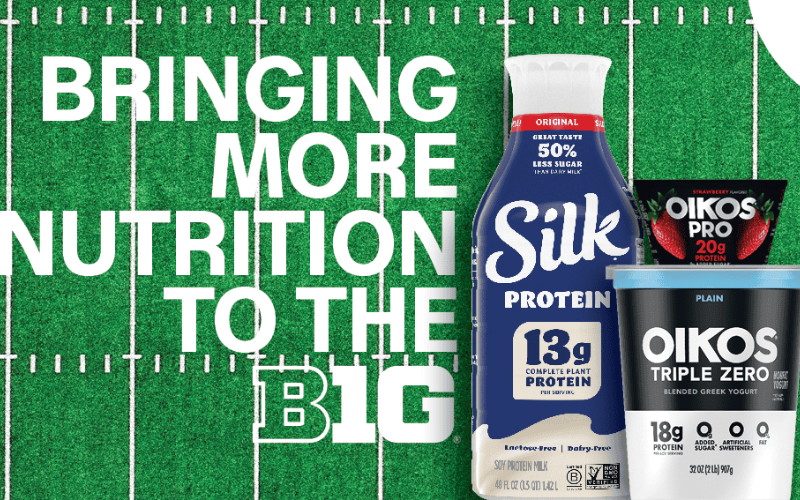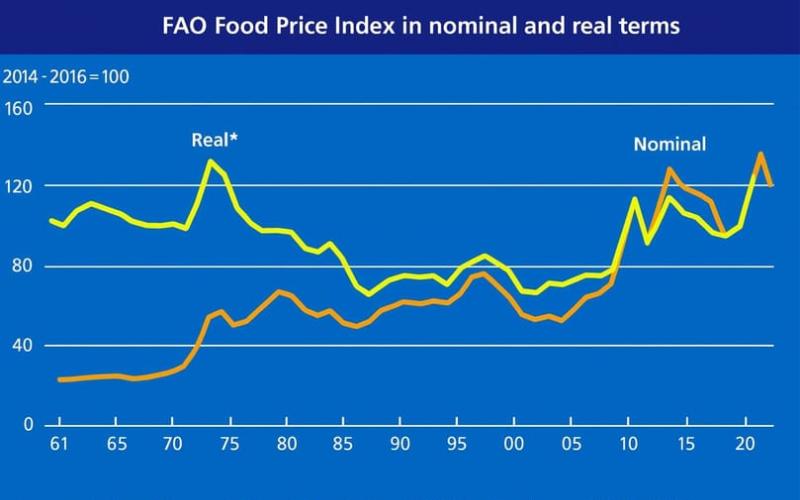Mikhail Mishchenko Presents Key Challenges and Transformation Scenarios for the Dairy Industry

New trade tariffs imposed by the United States on major global dairy-producing regions are set to reshape international markets, affecting the European Union, China, Australia, New Zealand, and India.
Mishchenko analyzed the global cheese export market. The EU, for example, exports a significant volume of cheese to the U.S., while the U.S. exports cheese to Canada, Mexico, and several other countries.
According to Mishchenko, the U.S. dairy sector—which exports $8 billion worth of products annually—is concerned that these tariffs could undermine growth and market access, calling instead for a balanced trade policy rather than punitive measures.
The U.S. Dairy Export Council (USDEC) warns that such tariffs could reduce cheese consumption in the U.S. by 21% over the next 10 years, resulting in a $59 billion loss for American farmers.
Meanwhile, the European Dairy Association notes that EU cheese exports to the U.S. account for less than 2% of U.S. domestic consumption—arguing against any significant competitive threat fr om such imports.
As for butter, the U.S. exports large quantities to Canada and imports heavily fr om both the EU and Canada. Potential issues have arisen regarding cheese and butter from Ireland, with Irish farmers now concerned about butter exports to the U.S. This may open opportunities for suppliers from New Zealand.
"New Zealand and Australia received a 10% U.S. tariff on their imports. However, they have strong trade agreements in place and have managed to maintain market access so far. These countries previously faced challenges in exporting SMP, whole milk, and cheese to China. But now they may benefit, especially as U.S. skim milk powder could encounter export difficulties," Mishchenko noted.
“According to data from the Chicago Mercantile Exchange, the market for skimmed milk powder and butter is declining. If we talk about global dairy trade in New Zealand, it will be interesting to observe how prices shift in that country and across the Southern Hemisphere,” the expert added.
Global Challenges Facing the Dairy Industry
-
Consolidation of production and the squeezing out of small players
-
Environmental sustainability: pressure to reduce emissions and optimize water and land use
-
Social factors: growing influence of animal rights movements
-
Animal diseases and epizootic risks
-
Animal protein alternatives, posing a direct threat to the traditional model
Mishchenko specifically highlighted precision fermentation as a key trend in the industry’s evolution. This technology allows the production of proteins (such as whey and casein) without animals, using genetically modified microorganisms. It could eventually replace animal-derived milk in categories like sports nutrition and beverages. Sergey Kiselev, Head of R&D at Al Ain Farms, will explore this topic further during the Dairy Olympics.
What Can Be Done? Adaptation Strategies
-
Consolidation and cooperation between farms and processors
-
Vertical integration: own processing, branding, and distribution
-
Localization, craft production, and HoReCa as a response to global pressures
-
Digitalization:
-
Improved farm management
-
Process automation
-
Real-time analytics and monitoring
-
Toward fully labor-free production
-
Four Future Scenarios for the Dairy Market
1. Dairy Evolution
-
Cow’s milk: 85%
-
Plant-based: 13%
-
Lab-grown: 2%
A conservative scenario wh ere traditional dairy remains dominant. Alternatives stay niche. Innovation adoption is cautious, reflecting current consumption structures.
2. Green Dairy
-
Cow’s milk: 60%
-
Plant-based: 35%
-
Lab-grown: 5%
An eco-driven scenario wh ere the push to lower the carbon footprint results in rapid growth of plant-based alternatives (soy, oat, almond). Cow’s milk retains leadership but loses ground.
3. New Fusion
-
Cow’s milk: 40%
-
Plant-based: 25%
-
Lab-grown: 35%
An innovation-led scenario with lab-grown proteins making a significant market impact, particularly in functional foods, sports nutrition, and beverages. This trend is accelerated by investments in precision fermentation and support from ESG funds.
Gold Partners
- Al Ain Farms Group
- Imperial
Innovation Partners
Partners











